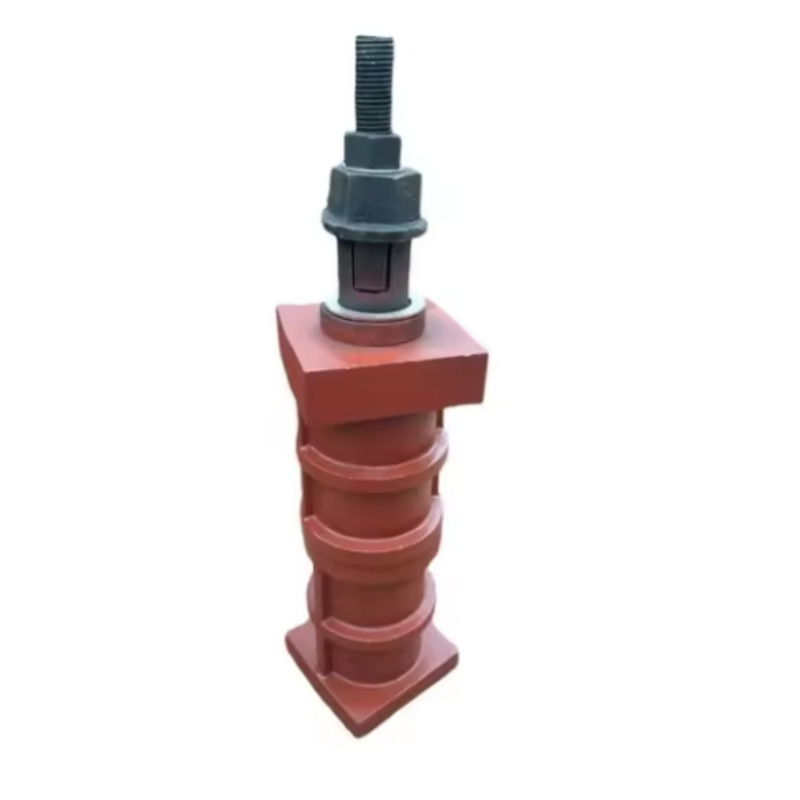พ.ย. . 12, 2024 09:41 Back to list
plug and ring gauges
Understanding Plug and Ring Gauges Key Tools for Precision Measurement
Precision measurement is critical in various industries, especially in manufacturing, where even the slightest deviation can lead to significant consequences, such as product failure or increased costs. Among the tools utilized for ensuring precise measurements are plug gauges and ring gauges. These instruments serve vital roles in quality control and assurance processes, allowing manufacturers to maintain acceptable tolerances in the production of dimensional components.
What Are Plug and Ring Gauges?
Plug Gauges are cylindrical tools designed to measure the internal dimensions of holes, ensuring they meet specified tolerances. These gauges are typically made from high-quality materials that provide durability and resistance to wear. Plug gauges can come in two varieties go and no-go. The go gauge checks that the hole size is within the acceptable range, while the no-go gauge detects if the size exceeds upper tolerance limits. This ensures that components fit correctly in their designated assemblies, preventing mechanical failure due to improper sizing.
Ring Gauges, on the other hand, are used for measuring the external dimensions of cylindrical parts, such as shafts and rods. Similar to plug gauges, ring gauges also come in go and no-go configurations. The go ring gauge should slide onto the part effortlessly if it meets specifications, while the no-go gauge indicates if the part is too large. Together, both plug and ring gauges provide a comprehensive assessment of critical dimensions in manufacturing processes.
The Importance of Tolerances
Tolerances define the allowable limits of variation in a physical dimension, ensuring components fit together properly. Various factors, such as heat expansion, manufacturing processes, and material properties, can affect dimensional accuracy. Plug and ring gauges help ensure that these tolerances are adhered to throughout the manufacturing process.
In competitive industries, maintaining tight tolerances is essential. For instance, in the automotive sector, parts must meet stringent specifications to ensure safety and performance. A failure to maintain required tolerances could result in catastrophic accidents or malfunctioning systems. Thus, utilizing precision measuring tools like plug and ring gauges is critical for maintaining high-quality standards in production.
plug and ring gauges

Benefits of Using Plug and Ring Gauges
1. Accuracy and Reliability Plug and ring gauges provide highly accurate measurements, making them essential in achieving consistency across manufactured parts. Their reliable performance ensures that every produced component meets quality requirements.
2. Cost-Effectiveness By preventing defective parts from proceeding through the production line, the use of these gauges can save manufacturers money in rework, waste, and potential loss of reputation.
3. Ease of Use Plug and ring gauges are straightforward to use, requiring minimal training. This ease of operation allows more personnel to be involved in quality control processes, enhancing productivity.
4. Durability Built from robust materials, these gauges are designed to withstand the rigors of frequent use in manufacturing environments. Proper maintenance ensures they retain accuracy over prolonged periods.
5. Standardization Utilizing plug and ring gauges helps to standardize measurements across production lines, creating a uniformity that benefits both manufacturers and consumers.
Conclusion
In conclusion, plug and ring gauges play an indispensable role in modern manufacturing, ensuring precision and consistency in the production of components. By upholding stringent tolerances, these tools not only enhance product quality but also significantly reduce the risk of failure in various applications. As industries continue to evolve and demand for precision increases, the importance of plug and ring gauges in quality control processes cannot be overstated. Their reliable performance, coupled with ease of use and cost-effectiveness, makes them essential tools for any manufacturer aiming for excellence in their products. Understanding and properly implementing these gauges is a step towards achieving superior quality and efficiency in manufacturing processes.
-
Why Metric Trapezoidal Thread is Ideal for Precision Motion ControlNewsAug.05,2025
-
The Unique Properties of a Block of Granite for Industrial UseNewsAug.05,2025
-
The Role of Flanged Y Strainers in Preventing Pipeline ClogsNewsAug.05,2025
-
The Importance of Regular Calibration for Master Ring GagesNewsAug.05,2025
-
How a Cast Iron Surface Table Enhances Accuracy in ManufacturingNewsAug.05,2025
-
Comparing Different Check Valve Types for Optimal Flow ControlNewsAug.05,2025
Related PRODUCTS









